The Enduring Appeal of Turkish Marble
Turkish marble has long been recognized globally for its exceptional quality, beauty, and versatility. For centuries, Turkey has been a leading producer and exporter of marble, with a rich history of quarrying and craftsmanship. The geological formations in Turkey have created a diverse range of marble varieties, each with unique colors, patterns, and textures, making it a highly sought
Popular Varieties of Turkish Marble
Several types of Turkish marble are particularly renowned for their distinctive characteristics. Some examples include:
- Carrara Marble: Though originating in Italy, Turkey produces marble with strikingly similar qualities, often referred to as Turkish Carrara. It is prized for its pure white background and subtle grey veining, ideal for countertops, flooring, and wall cladding.
- Nero Marquina: This striking marble is known for its dramatic black background and crisp white veining. It adds a touch of sophistication and drama to any space.
- Bianco Carrara: Similar to Carrara, Bianco Carrara offers a bright white base with delicate grey veins, offering a clean and elegant look.
- Statuesco: Characterized by a grey base and prominent white veining, Statuesco marble is often used in sculptures and architectural details.
- Beige Marble: Turkish beige marbles offer a warmer palette, ranging from light creams to rich tans, suitable for creating inviting and luxurious interiors.
Versatile Applications in Interior Design
The inherent properties of Turkish marble make it exceptionally suited for a wide range of applications within interior design. Its strength and durability make it ideal for high
Here are some specific examples:
- Kitchen Countertops: Turkish marble’s durability and resistance to heat make it a popular choice for kitchen countertops, providing both functionality and elegance.
- Bathroom Vanities: The sleek and sophisticated look of marble adds a touch of luxury to bathroom vanities.
- Flooring: Marble flooring is a timeless choice, adding grandeur and sophistication to any room.
- Wall Cladding: Marble wall cladding creates a stunning visual impact, adding texture and depth to interior spaces.
- Decorative Elements: Marble is also used for smaller decorative elements like fireplace surrounds, columns, and sculptures.
Sustainable Practices in Turkish Marble Production
Increasingly, consumers are concerned about the sustainability and ethical sourcing of materials. Many Turkish marble producers are adopting more environmentally responsible practices. These include water recycling programs, reducing waste, and implementing responsible quarrying techniques. Look for companies committed to minimizing their environmental impact and ensuring fair labor practices. Certification programs can also help consumers identify ethically sourced marble.
Current Trends in Turkish Marble Design
Current design trends highlight a move towards larger format marble slabs and the incorporation of natural veining patterns. Mixing different marble types and combining marble with other materials like wood and metal are also gaining popularity. The focus is on creating unique and personalized spaces that showcase the natural beauty of Turkish marble.
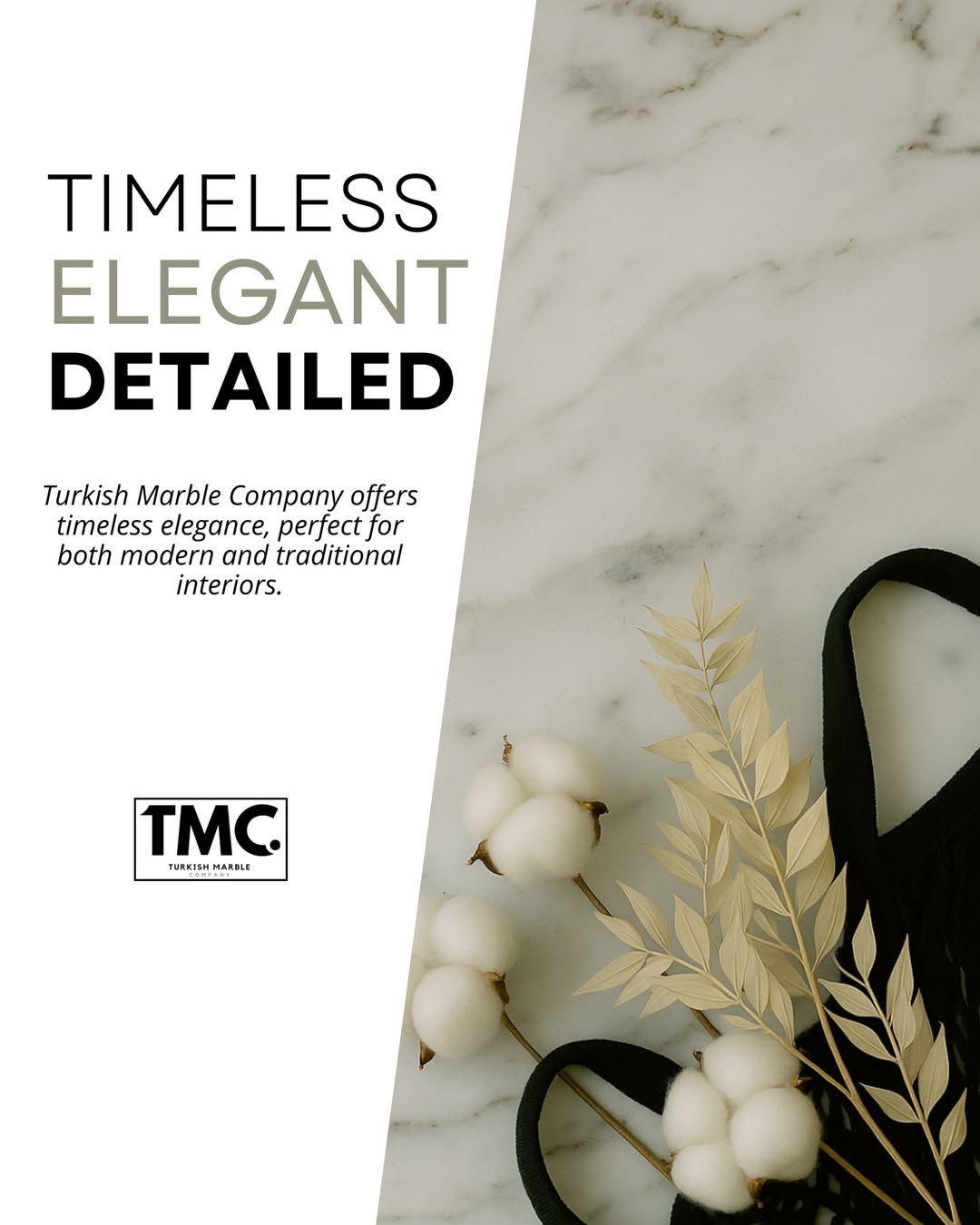
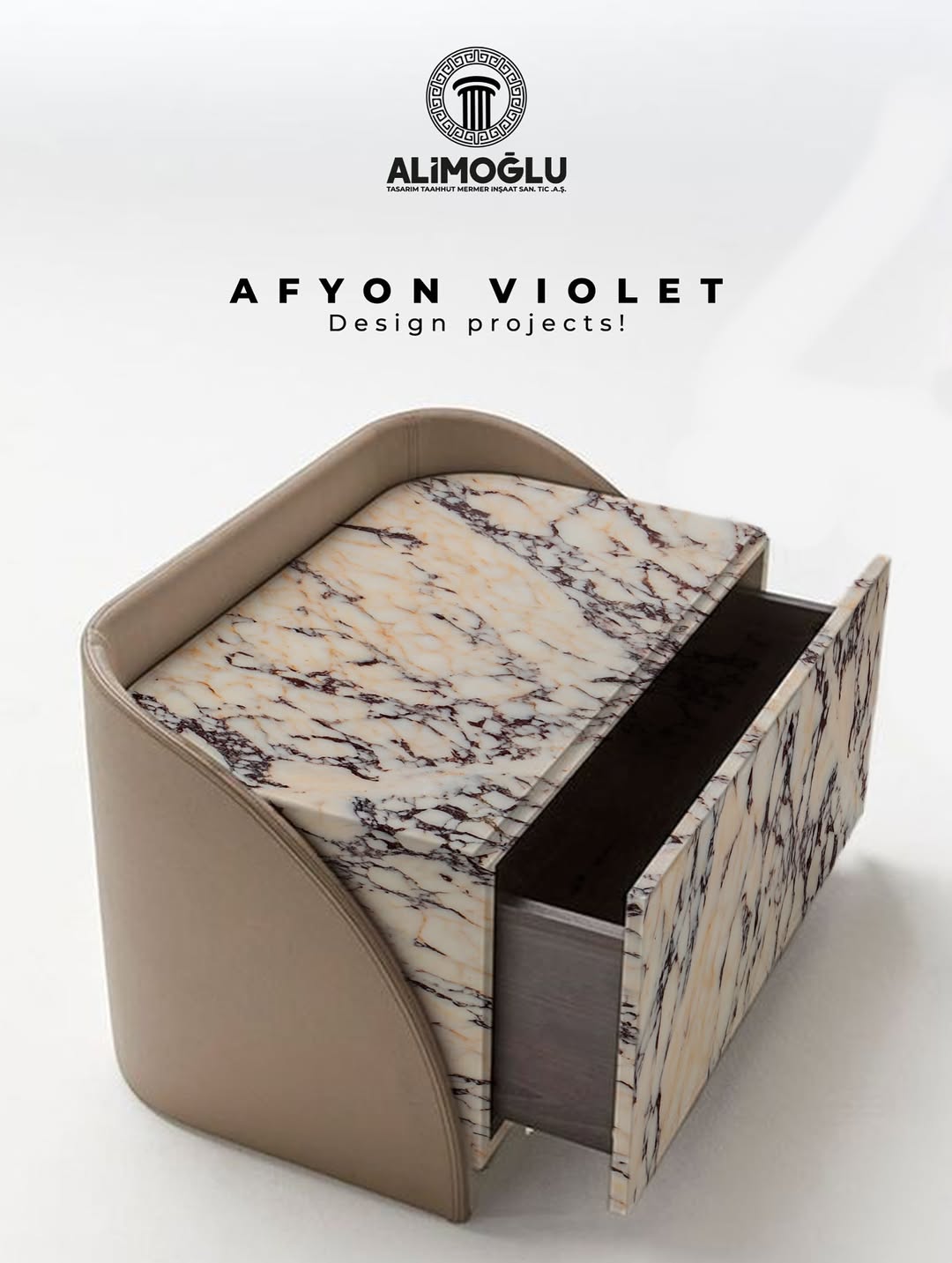

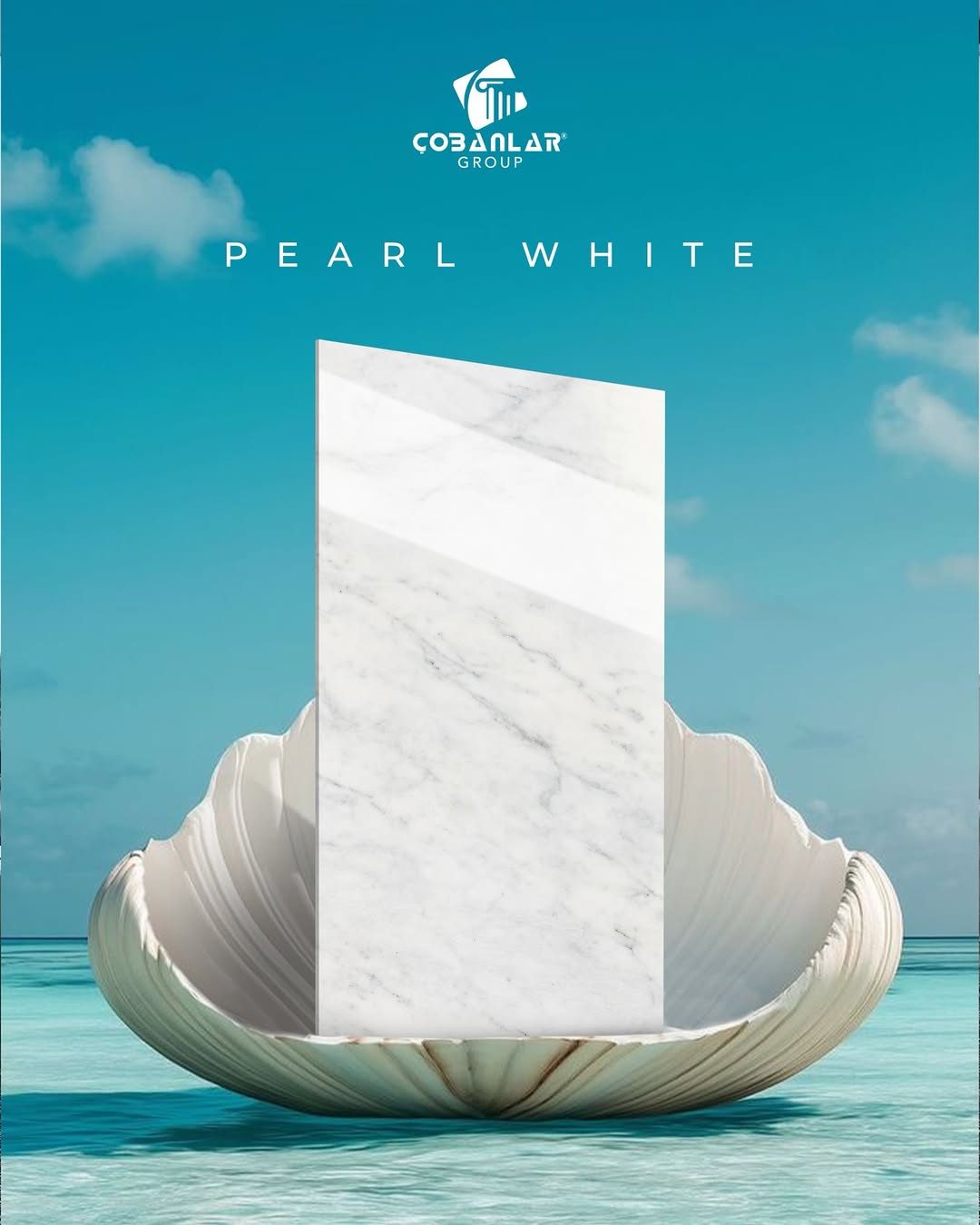
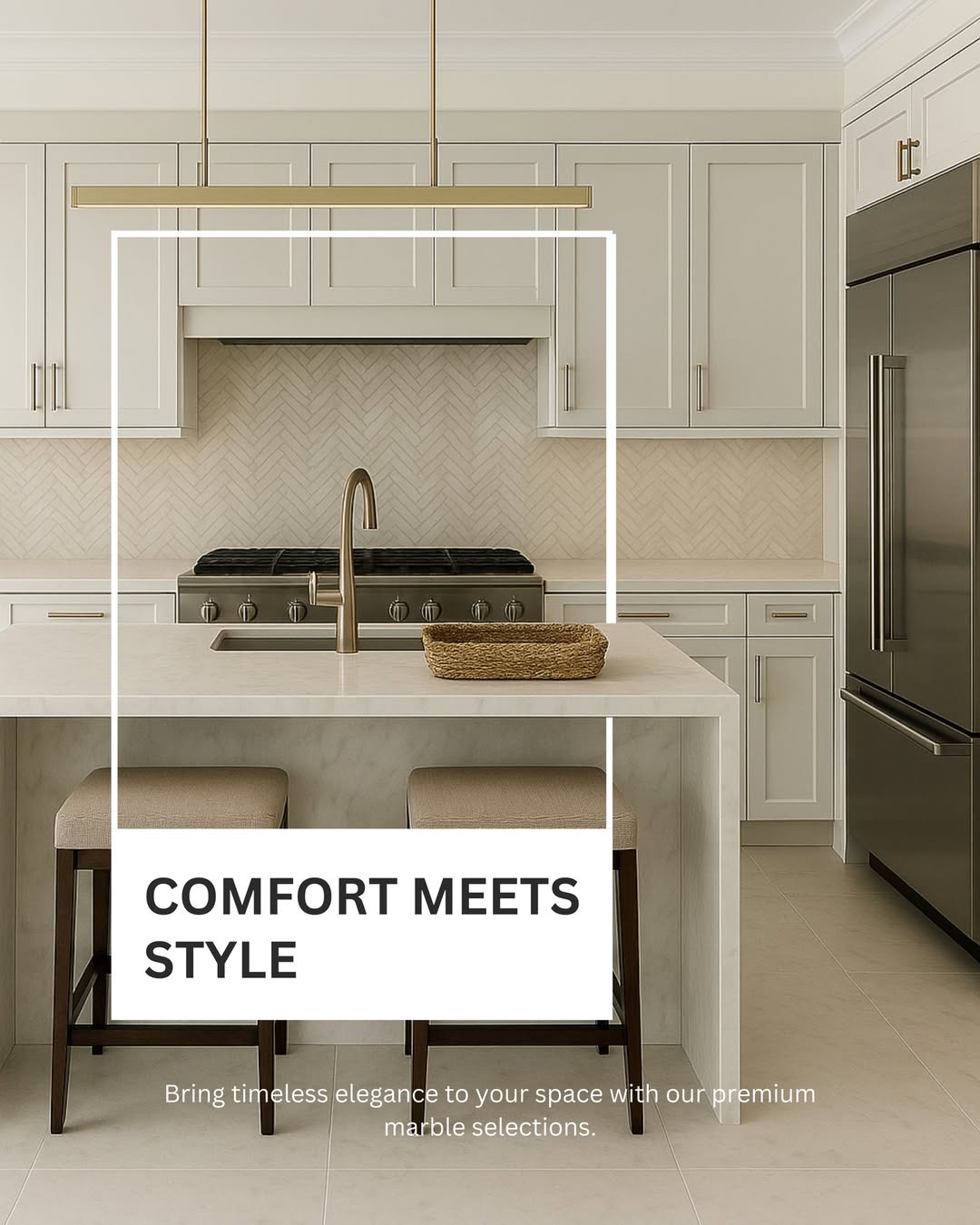


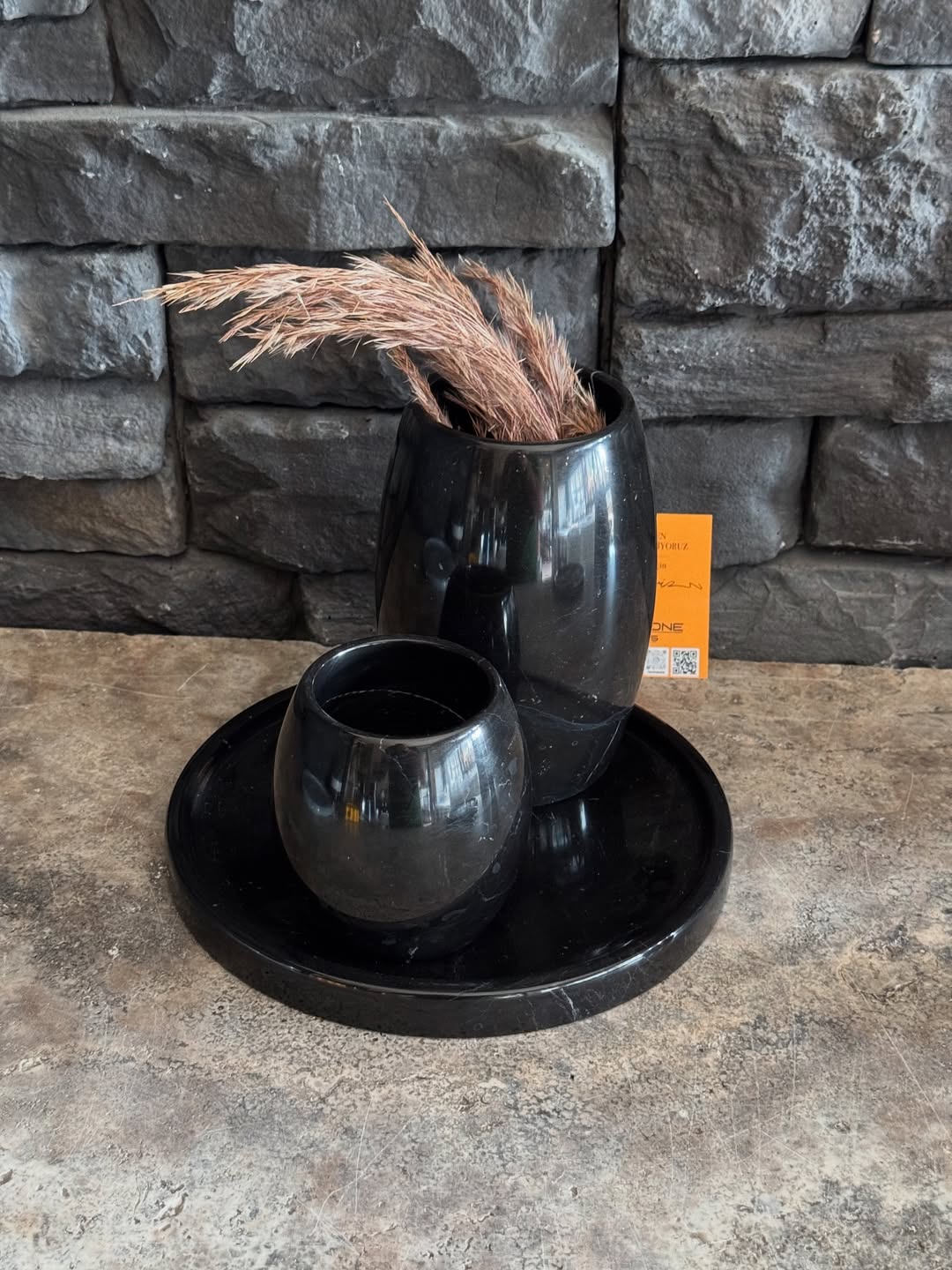
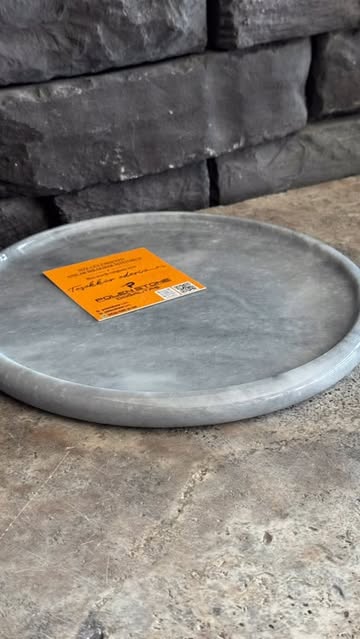
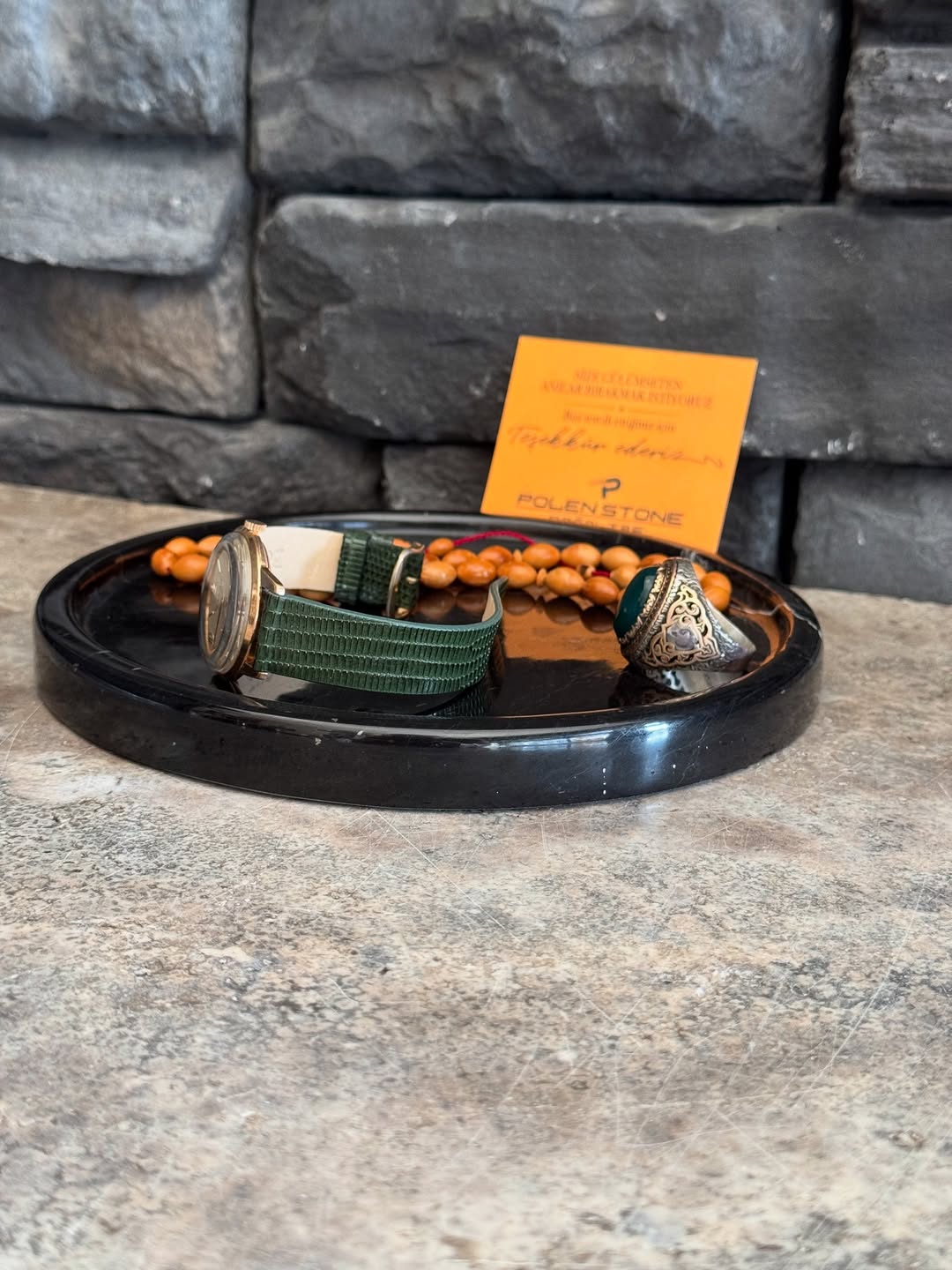
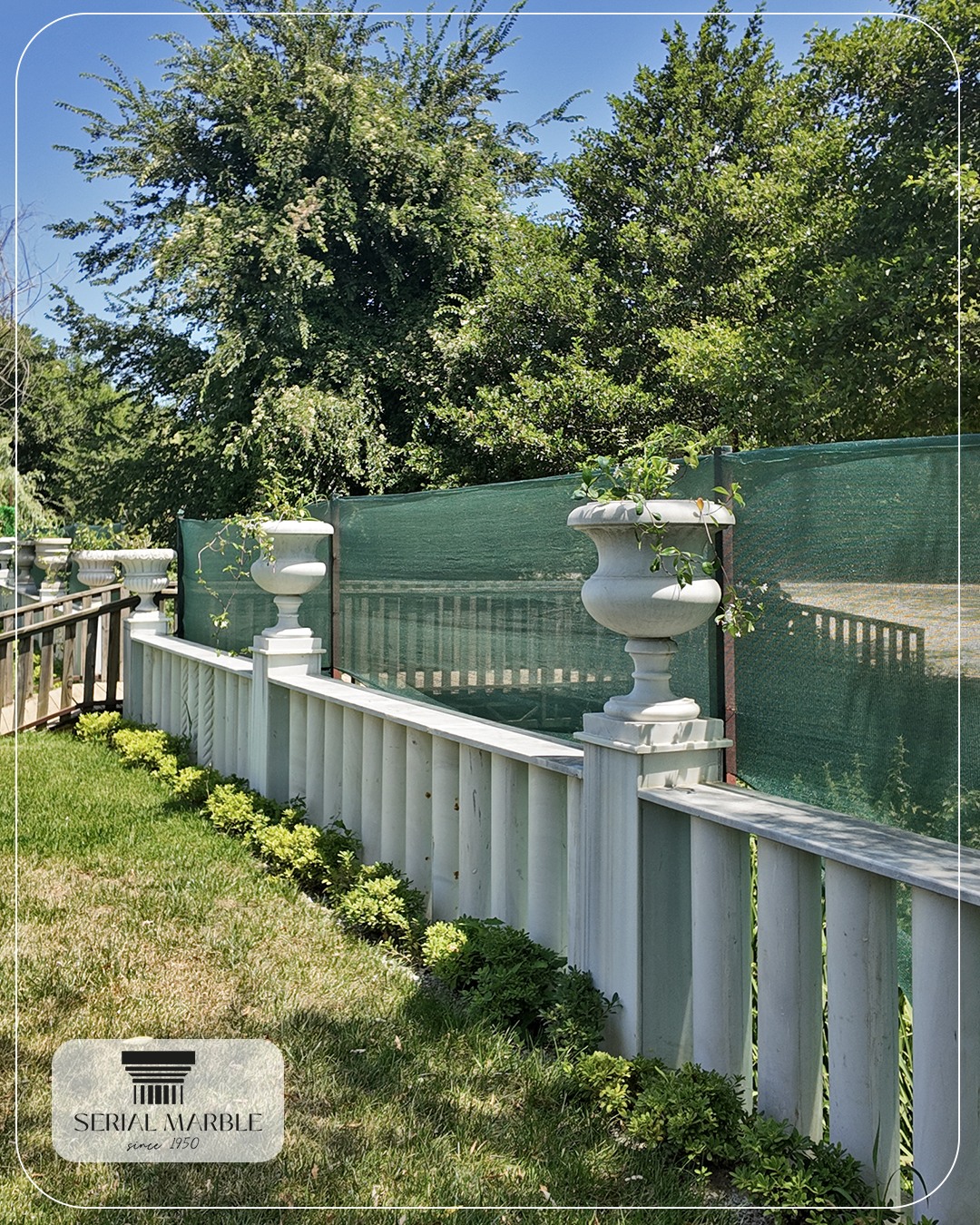
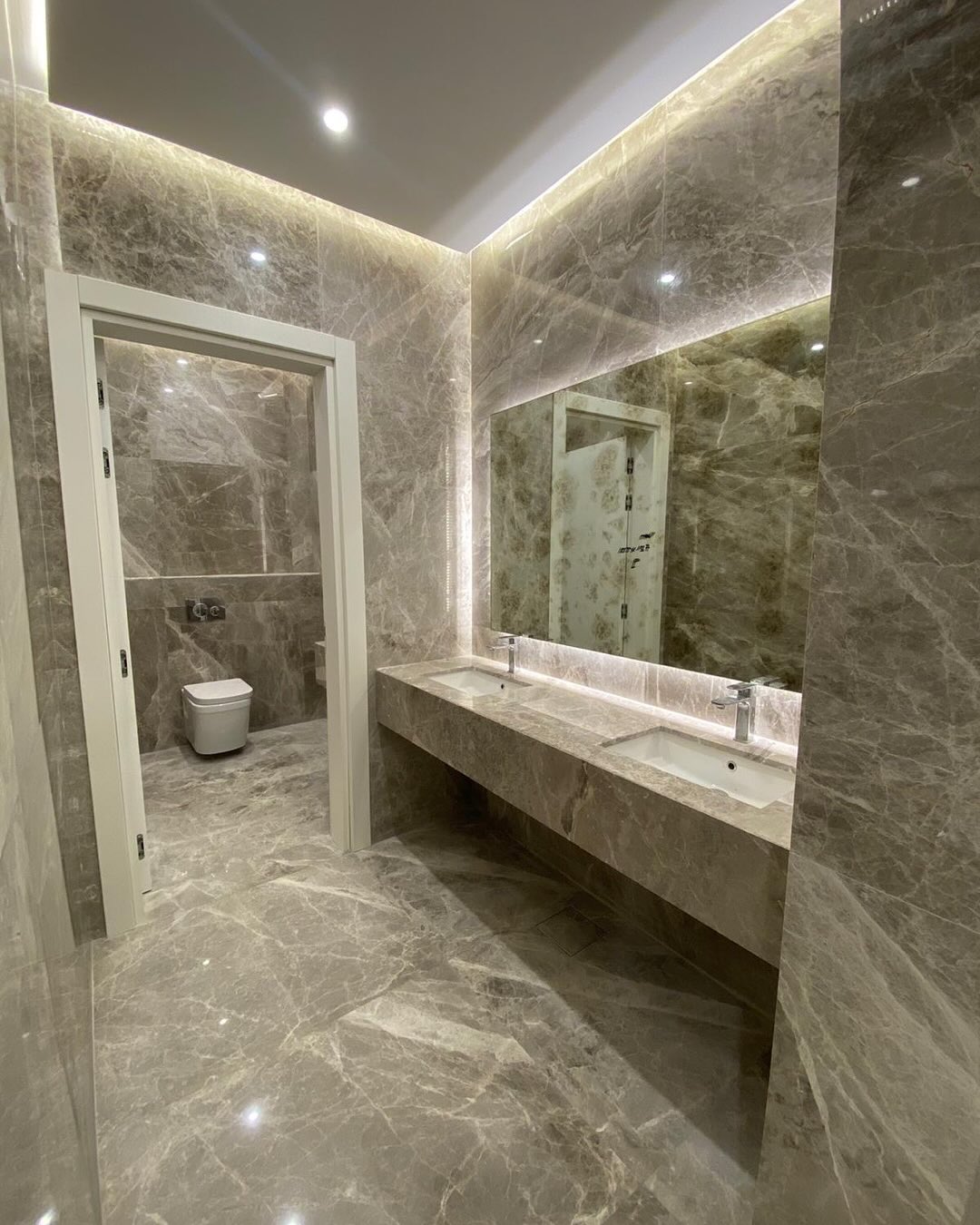
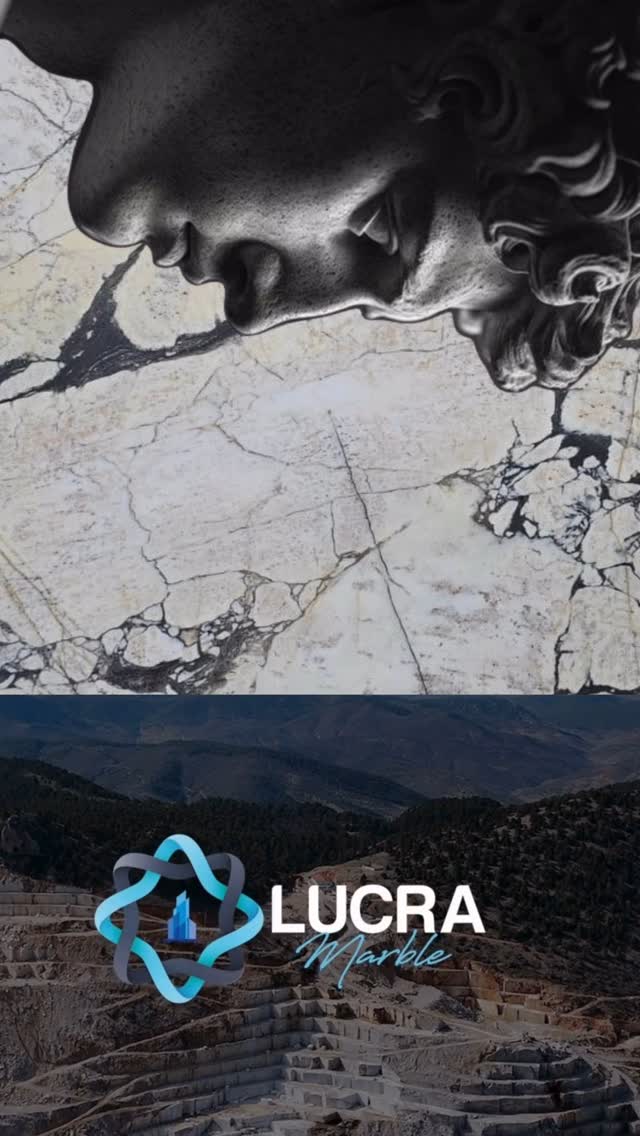
Yorumlar
Yorum Yap